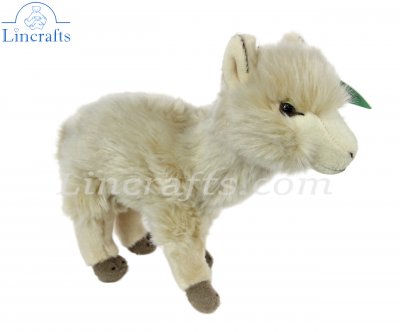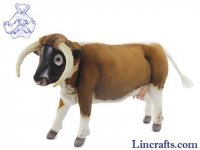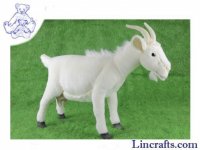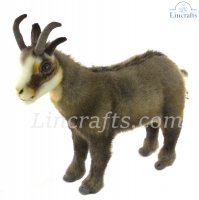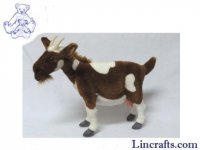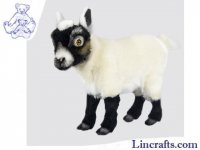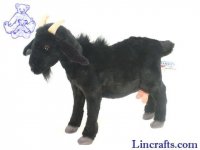We're taking a short break and aren't accepting new orders right now. Thank you so much for your support - we'll be back soon!
Manufacturer: Living Nature
Category: Animals
With its soft and cuddly design, this adorable plush toy brings a sensory experience like no other. The long pile plush emulates the soft coat of the alpaca, making it huggable and cute. Its tag features alpaca facts, making it an educational and fun playtime companion for little ones.
Shop now and ignite a love for nature while they play and snuggle with this delightful alpaca friend. Ideal gift for animal lovers of all ages.
Size approx. 9.5" (24cm) in length and 8" (20cm) in height.
- Tag includes educational animal facts
- Suitable for all ages including from birth (0+ years)
- Care instructions: Hand wash only, do not machine wash or tumble dry
- Please remove all tags and attachments before giving to a child
- 10 year guarantee when registered with Living Nature
All Living Nature™ toys contain our Naturli eco-stuffing! The entire range uses 100% certified recycled plastics for either the stuffing or the whole toy.
Adorable, docile and soft, alpacas are prized as pets and cattle around the world. There are no wild alpacas. Alpacas are domesticated versions of vicuñas, South American ruminants that live high in the Andes. Alpacas are related to llamas, which are domesticated versions of another wild Andean ruminant, the guanaco. While llamas are used as pack animals, alpacas are raised mainly for their soft wool. Guanacos and vicuñas are found throughout the Andes Mountains. They are descended from camelids that developed in North America and migrated to South America 3 million years ago, according to Phil Switzer, an alpaca breeder based in Colorado. These animals evolved into guanacos and vicuñas, and about 6,000 years ago, people in the Andes began to domesticate them. There are two breeds of alpaca, the Huacaya and the Suri. Huacaya alpacas are more common, according to Switzer. The main difference between the breeds is the length and fineness of the wool-like fibre, according to the Food and Agriculture Organization of the United Nations (FAO). The Suri have very long fibres ("silky dreadlocks," according to Alpaca Ventures), while the Huacaya have a more compact "crimpy" fleece, with shorter fibres.


